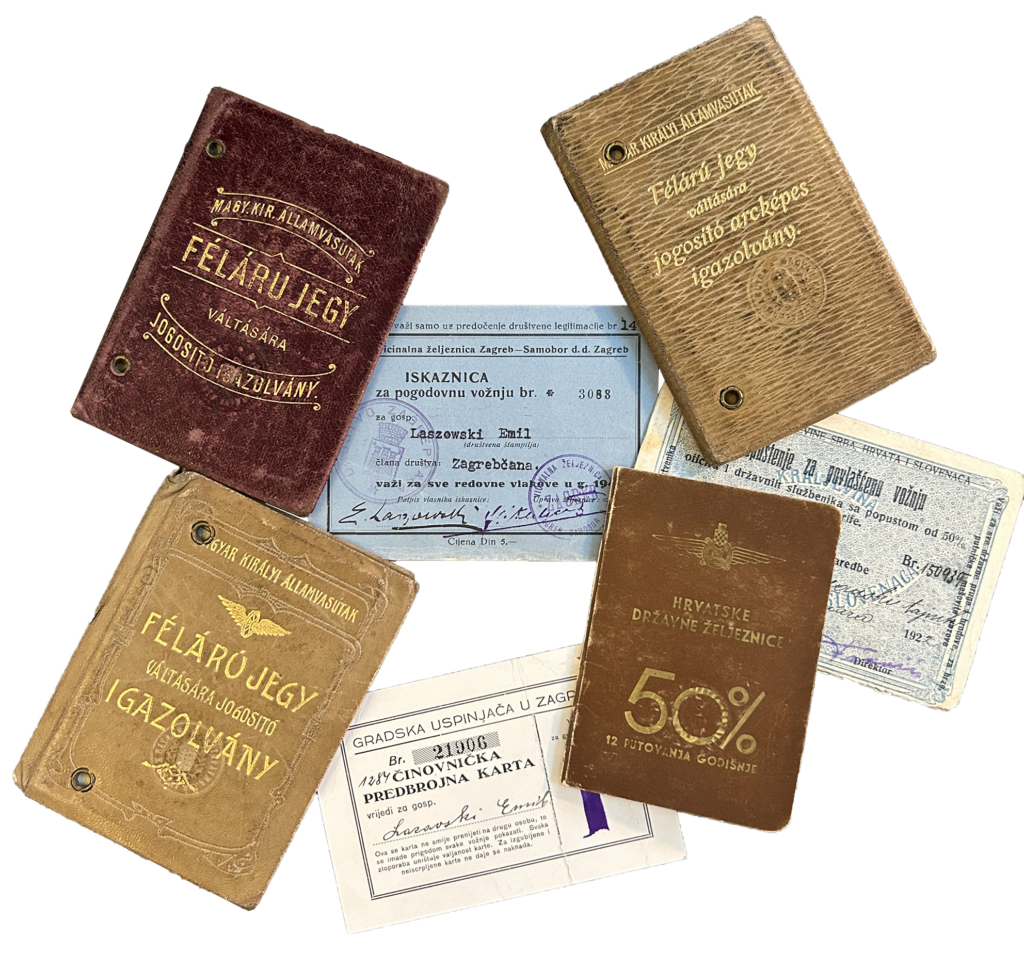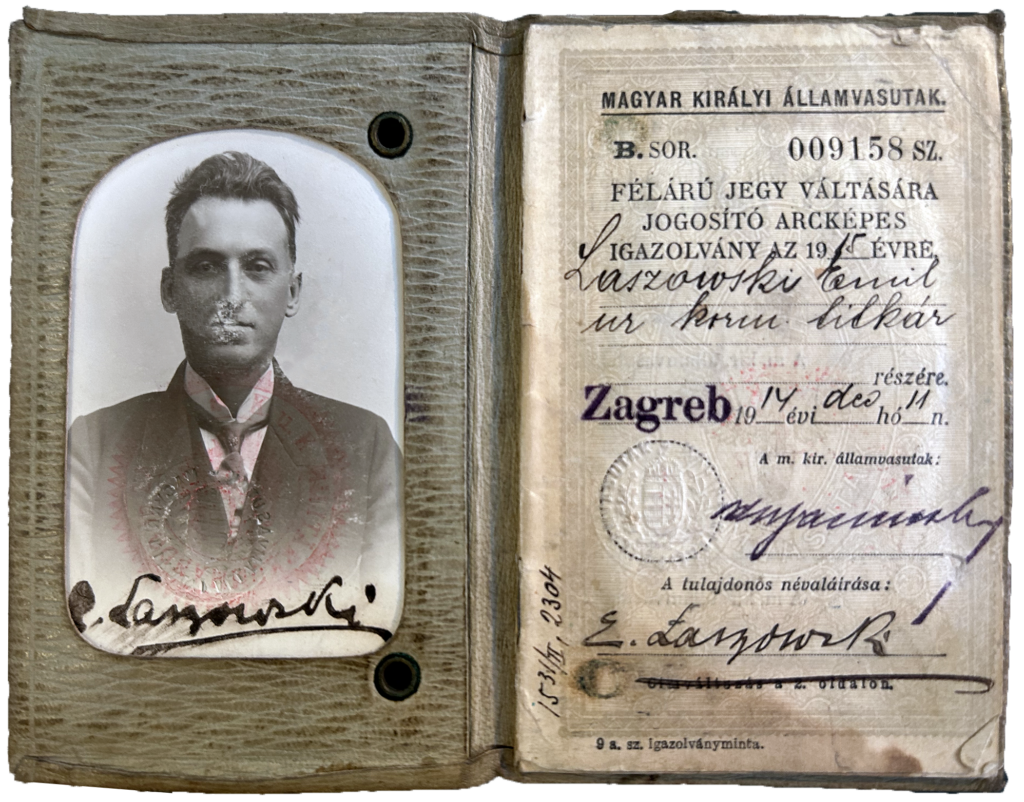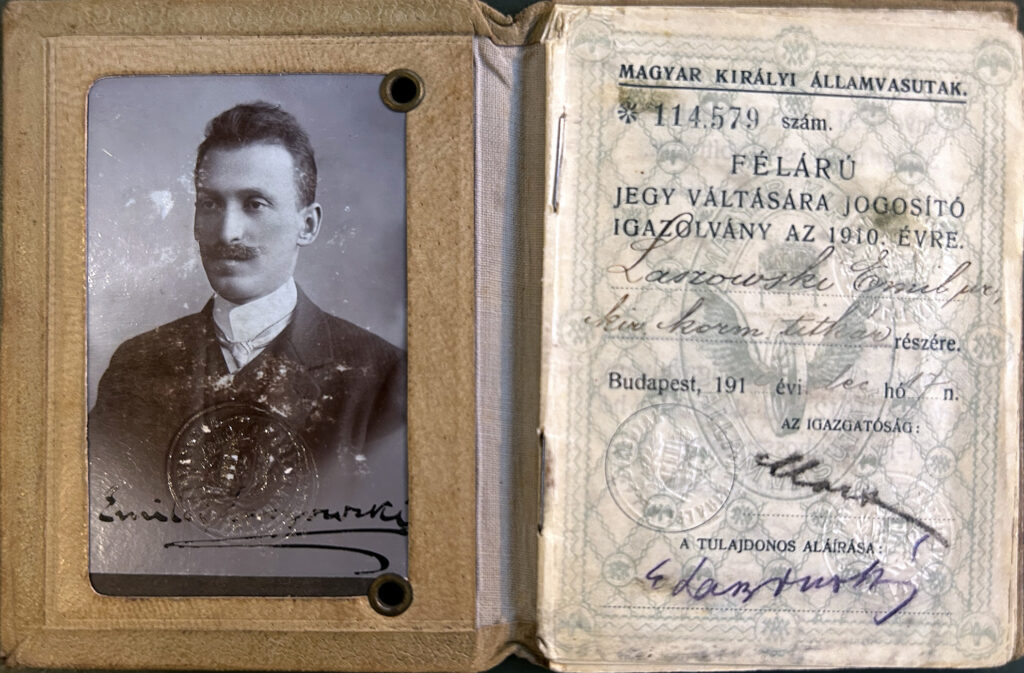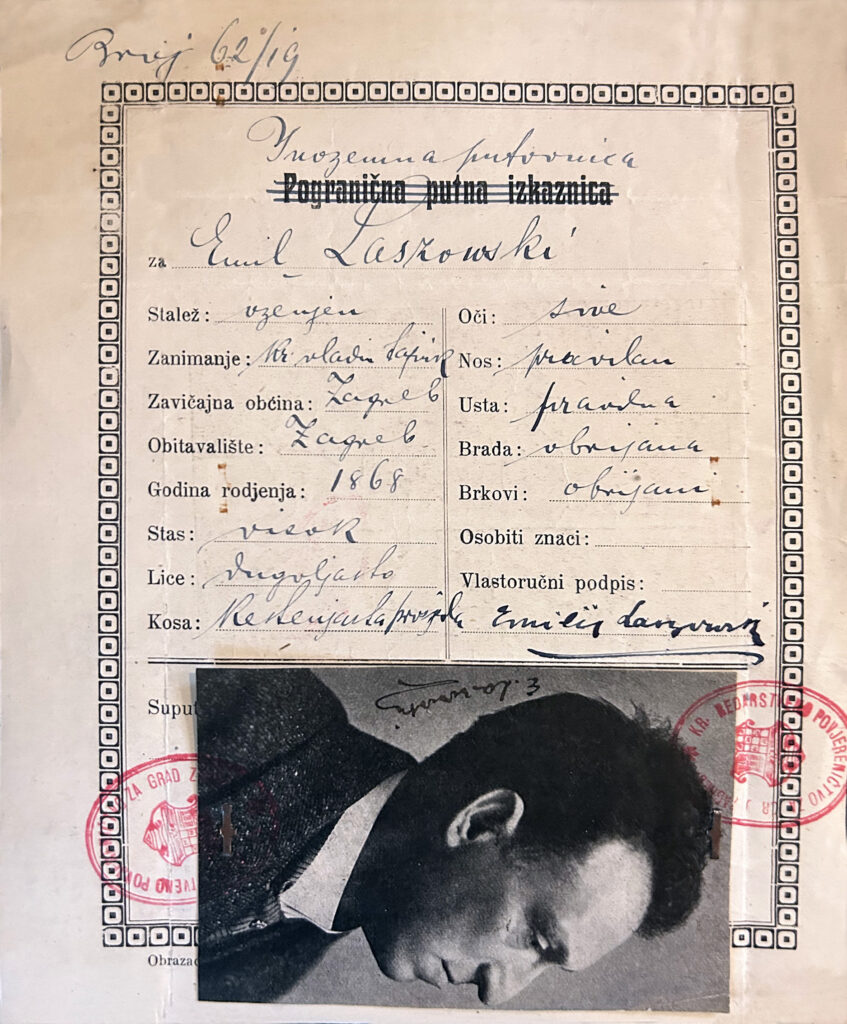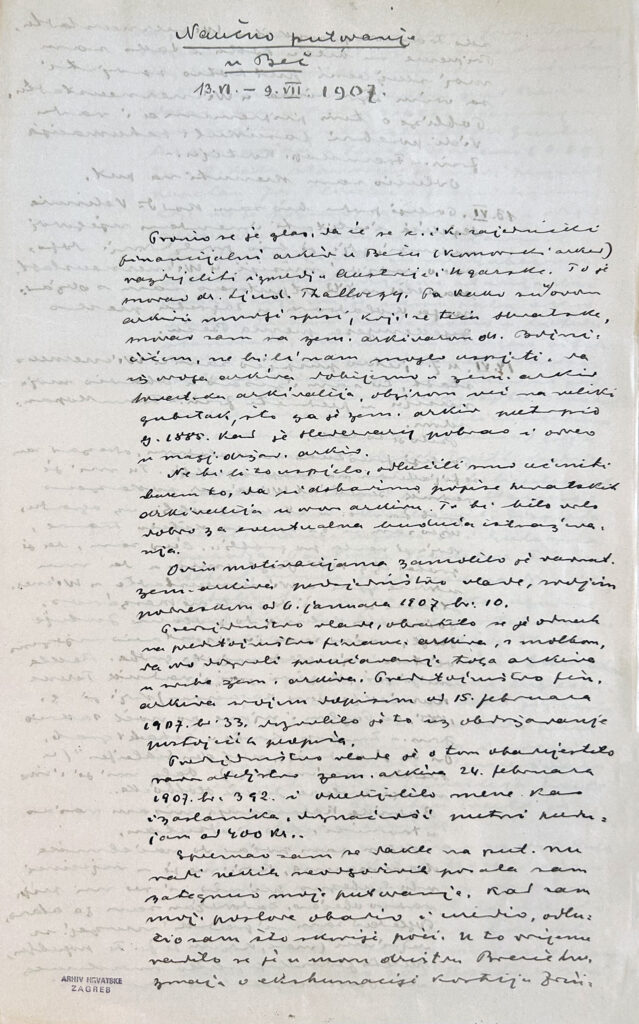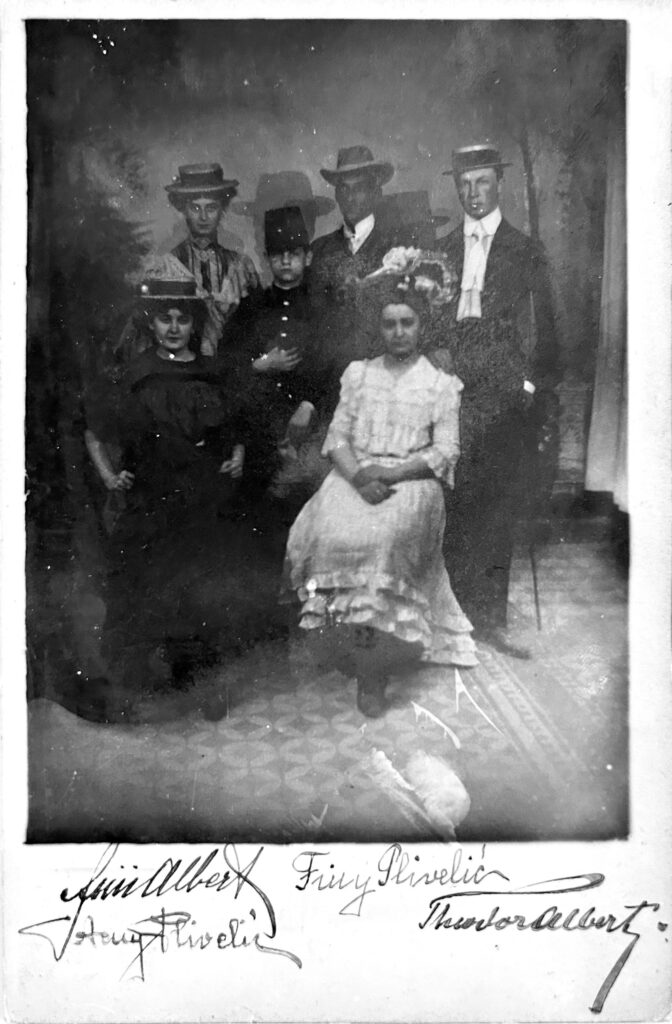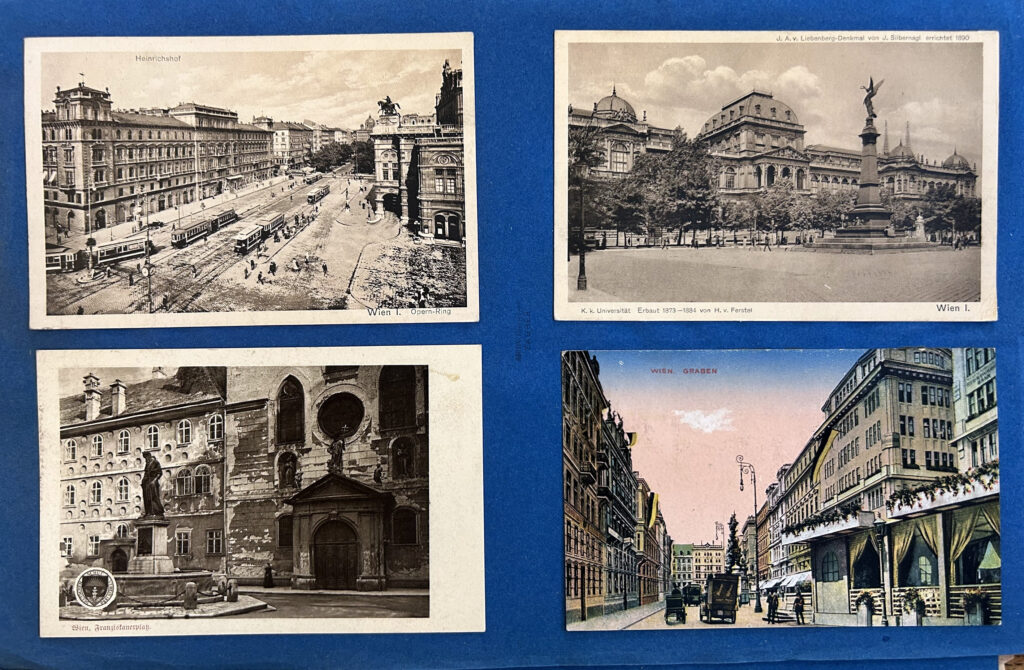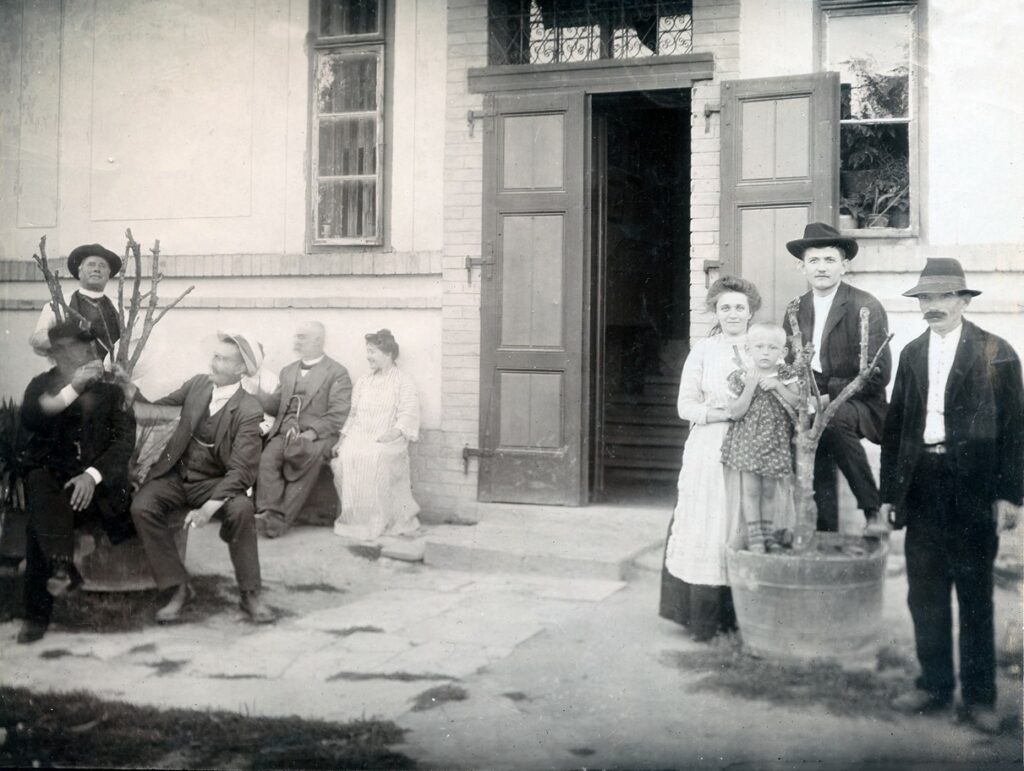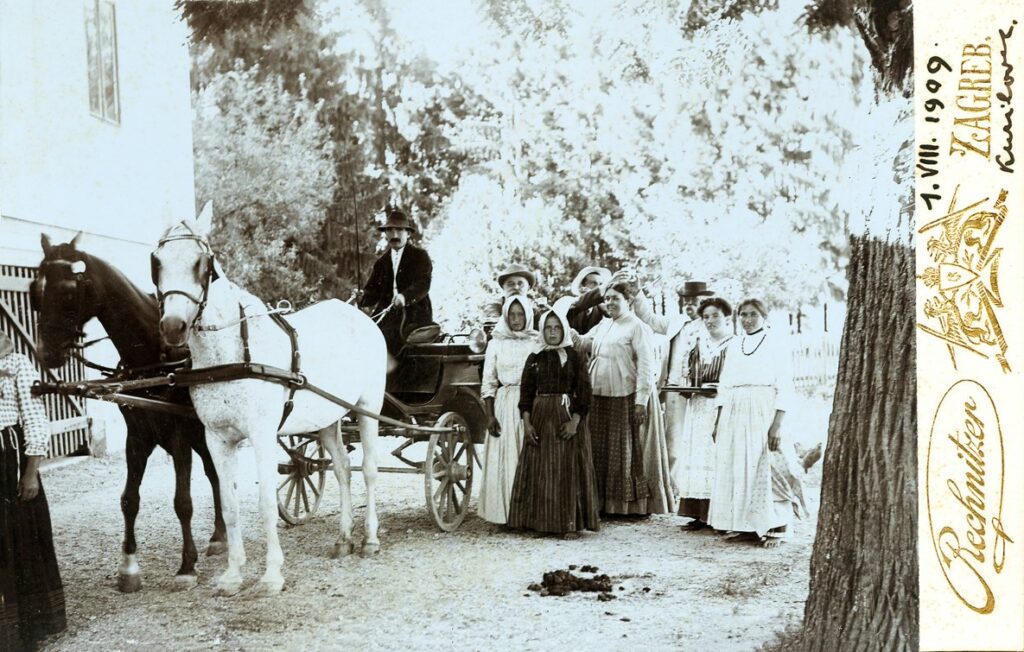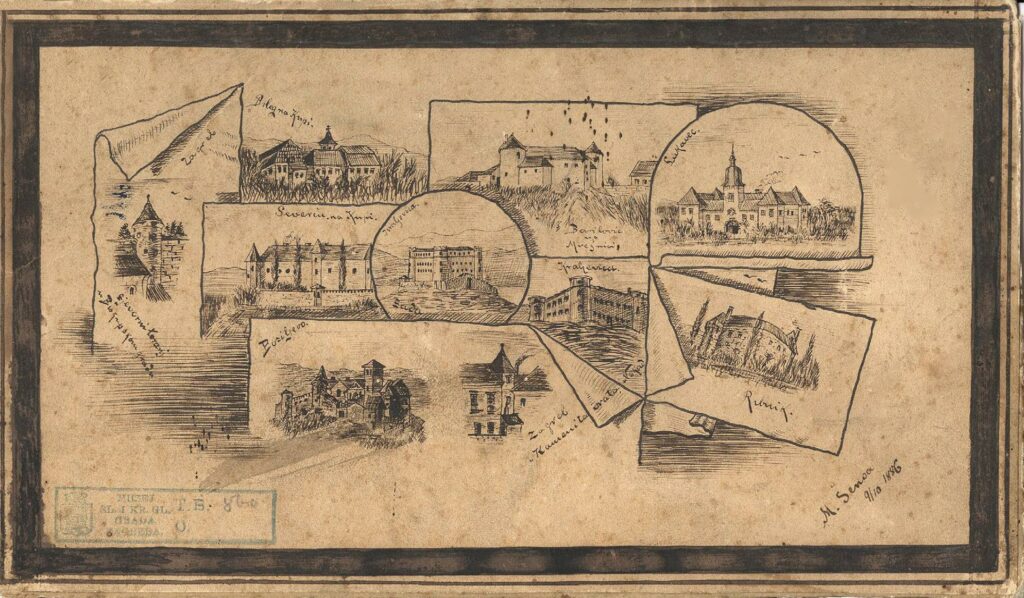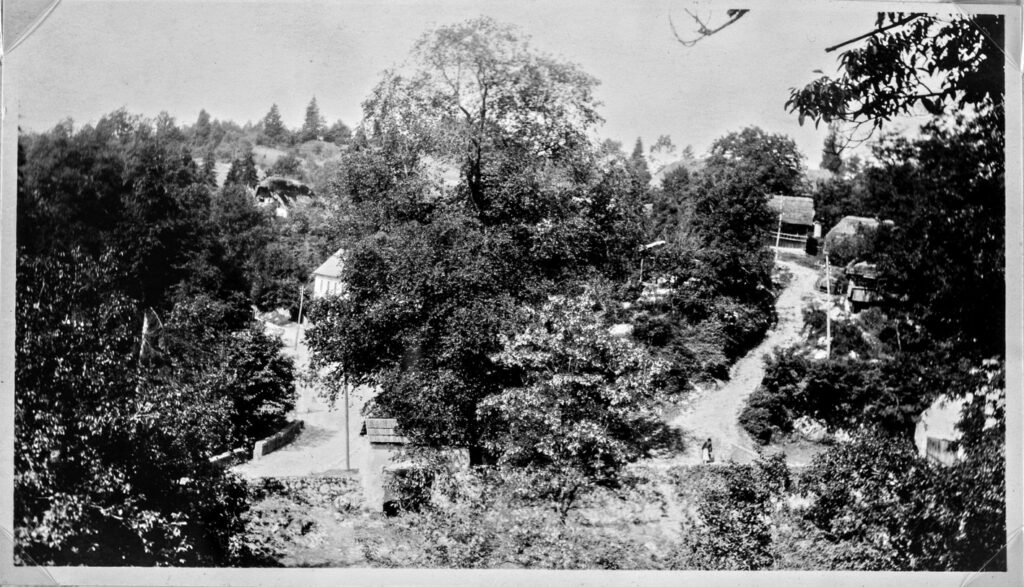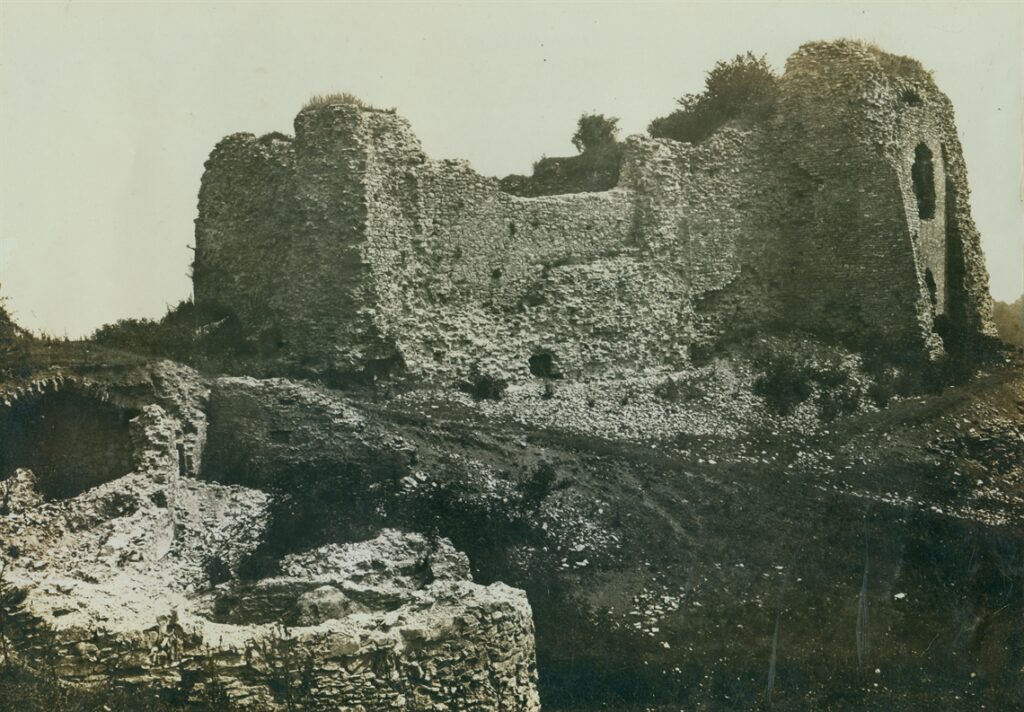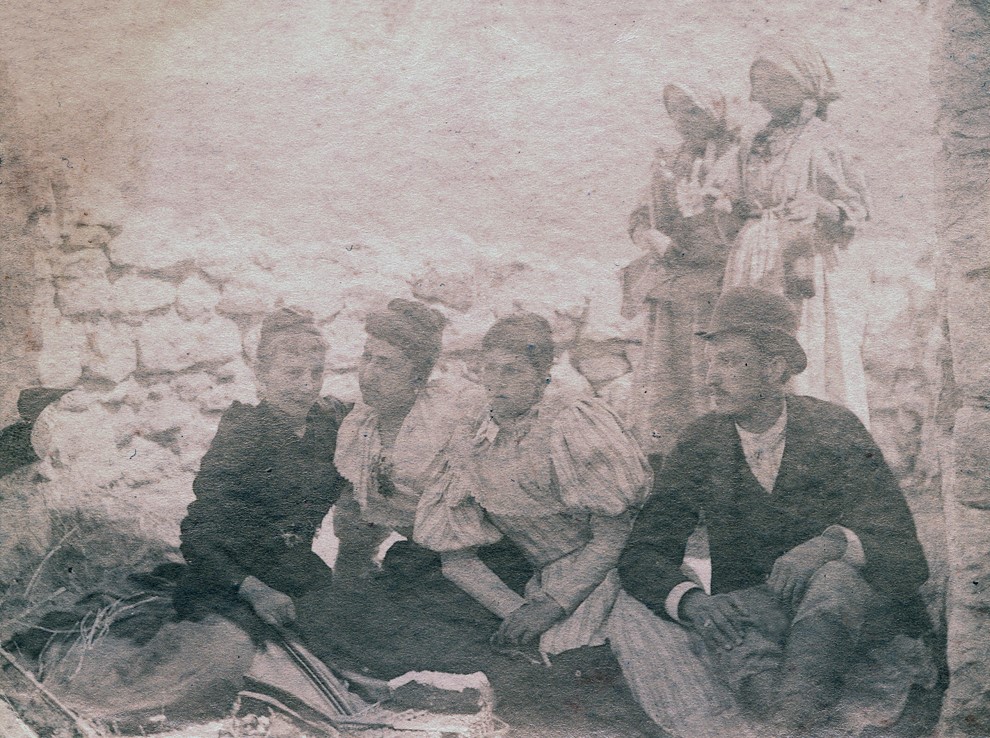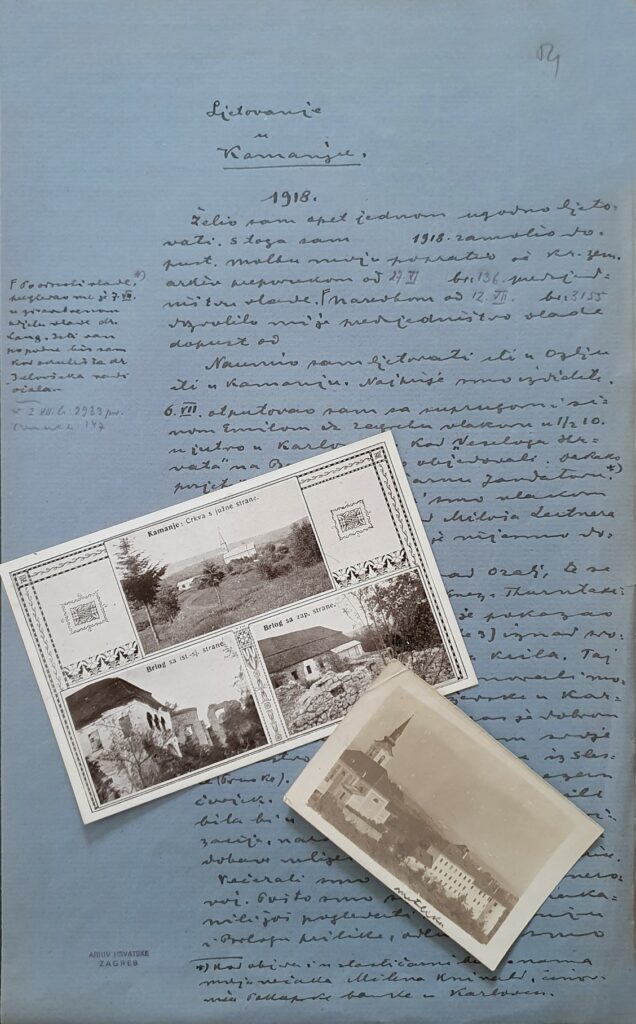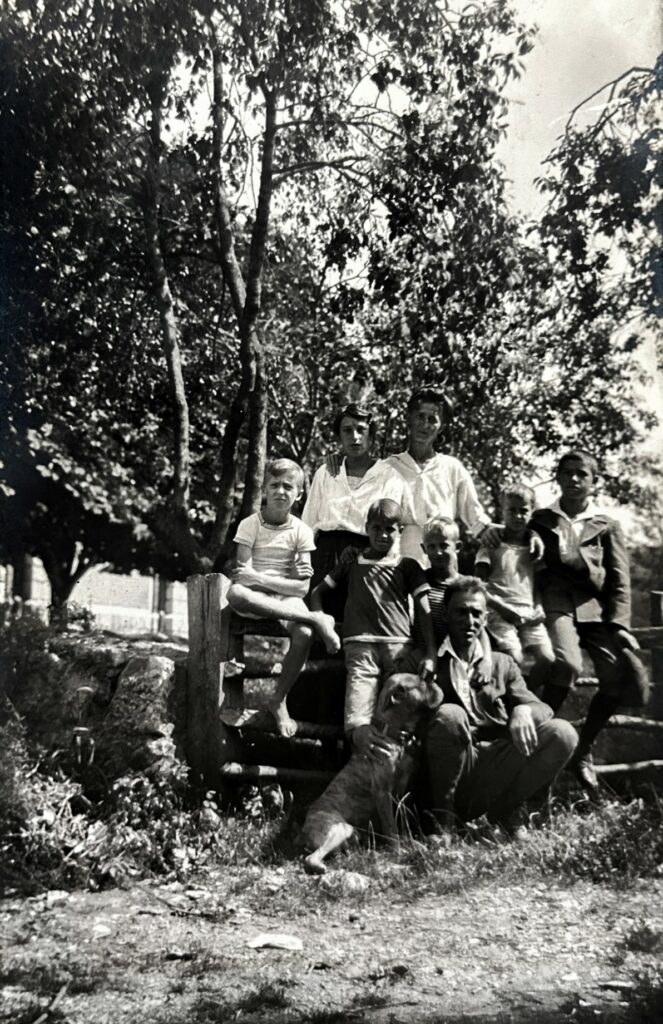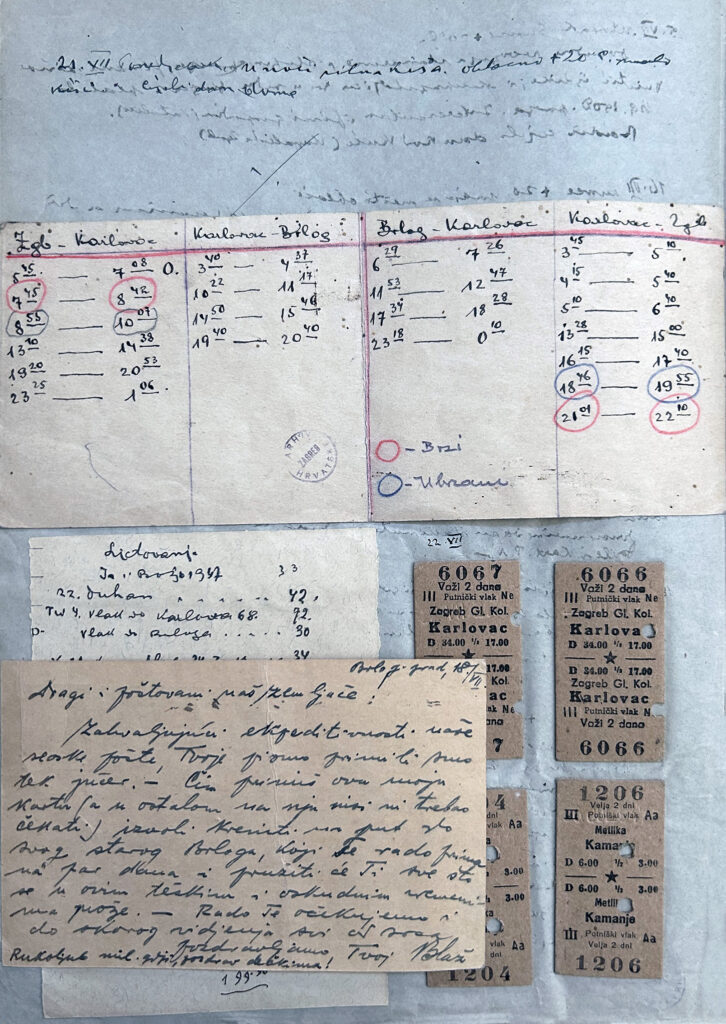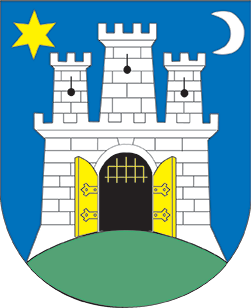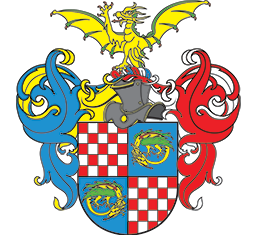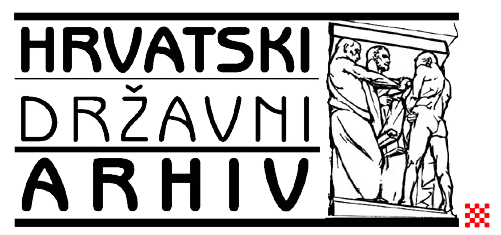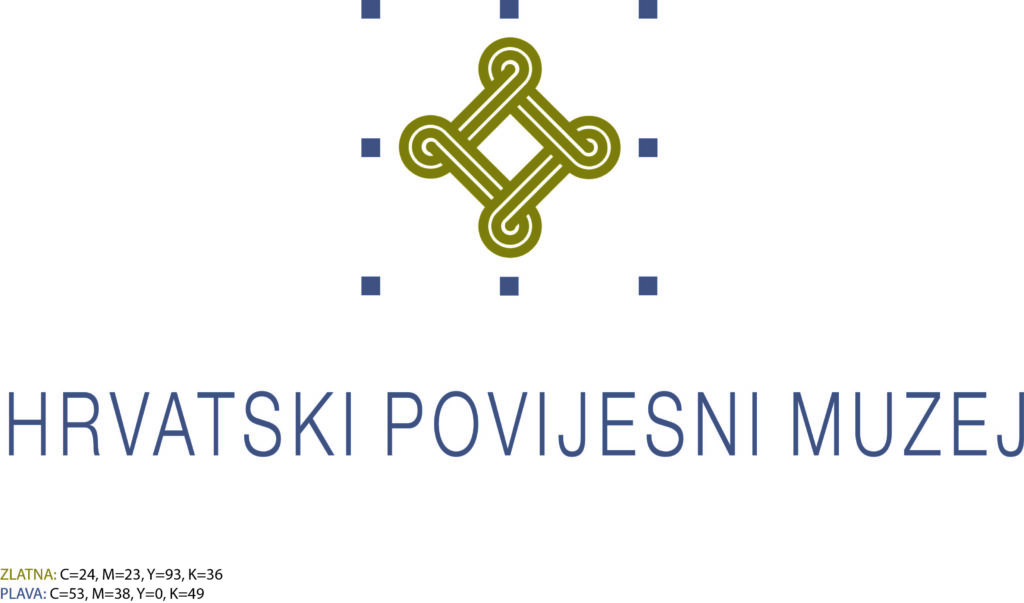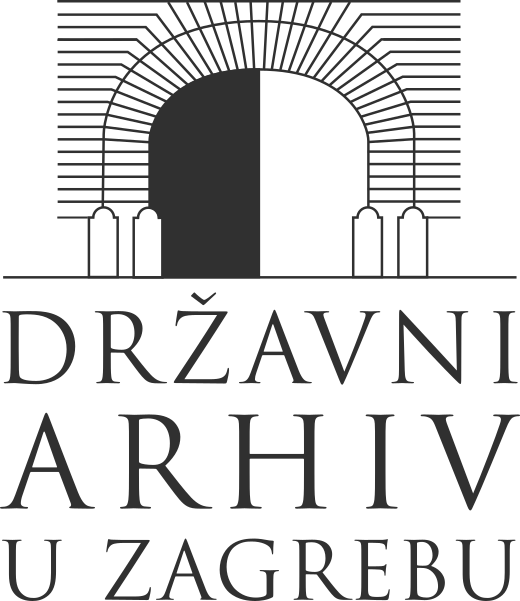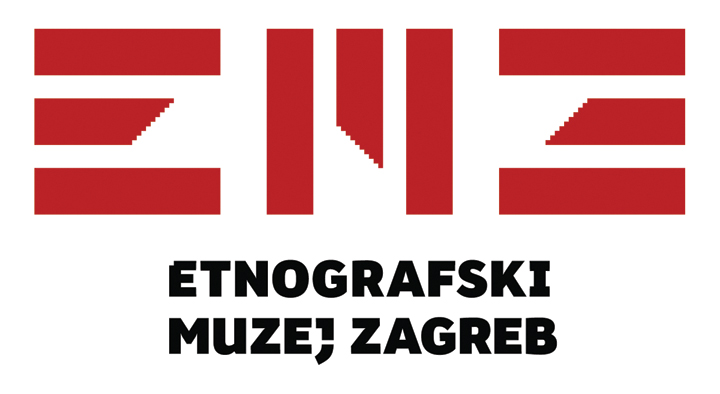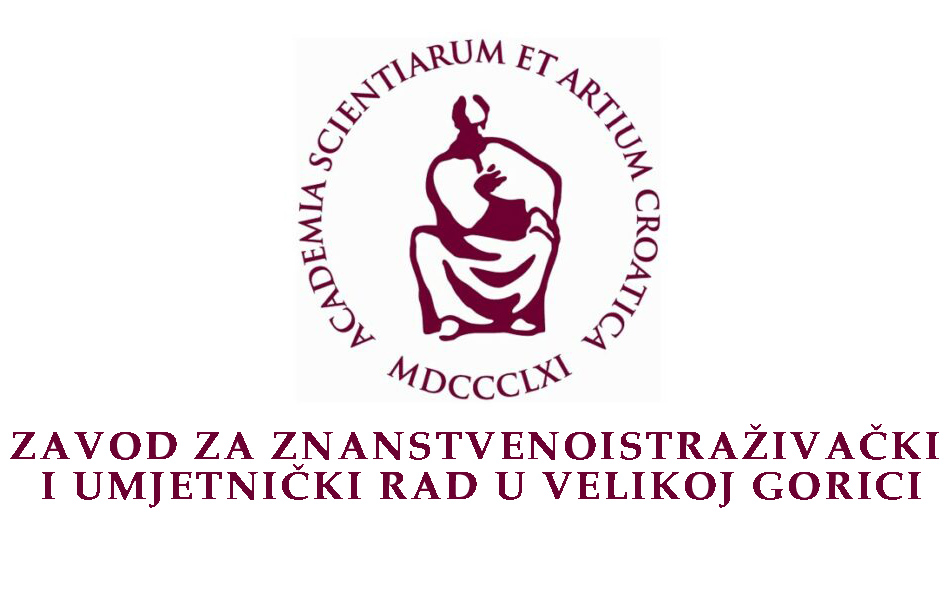12. Travel and fieldwork - foundation of research and reflection of a restless spirit
No book can teach a person as much,
as traveling with open eyes.
(Filip Šufflay)
In the unpublished manuscript Biography of Filip Aleksandar Šufflay, Emilij quoted among other things, the above apostrophised sentence of his grandfather. His grandfather loved traveling; he traversed parts of the Austro-Hungarian Monarchy, Austria, northern part of Italy, Switzerland, Southern Germany and believed that every journey was a form of learning. He also took his children on trips, so there is a reference that Emilij’s mother, Sidonija, was often taken on European trips by her father.
The grandson lived in precisely the same way. He greatly enjoyed traveling – from short day trips to month-long business journeys.
Laszowski’s travels were truly diverse – private trips served as occasions for sightseeing various attractions encountered during excursions; official business trips provided opportunities for certain amount of leisure and enjoyment with friends during travels, in taverns and restaurants, with food and drink, often accompanied by family or visits to friends, acquaintances, or relatives in different regions. Even during travels that involved visits to old cities and other heritage sites, or explorations, there was always time for a certain degree of socialising. It goes without saying that often, if not always, he acted as the tour guide armed with extensive knowledge about the locations he visited.
I used to find much joy in making my guest drunk, especially the one who considers drunkenness the peak of merriment. But today I am different, I still offer drinks, but not by force but ad libitum, of course, to adhere formally to Križevački štatuti.
Having a rich social life, he lived fully, without any dull moments, never entirely solitary or contemplative. One must conclude that – his travels and explorations, marked by research into domestic and foreign archives, fieldwork, documentary work, photography, archaeology, with a social aspect such as the return of the mortal remains of the Zrinski and Frankopan as an ultimate task with a distinctly patriotic undertone, or those related to the installation of commemorative plaques honouring famous Croatians, with a clear vision of eternal remembrance in the future, journeys throughout Croatia and Europe aimed at studying aspects related to scientific and professional work, or all of this interwoven – formed a basis of his research work. Curious, focused, and very persistent, with a desire to do something good, preserve, record, preferably save from deterioration, whether it be documents, stone monuments, or archaeological heritage, these tasks were inherent and came utterly natural to him.
Devoutness even on travel – a miniature travel prayer book
During a trip to Italy in 1903, Emilij received as a gift, as he noted, from some “poet,” a miniature prayer book in Italian. He described it as the smallest book in my library.
Official travels – but never only that
During decades of work at the Land Archives, he frequently went on business travel. He traversed many parts of Croatia studying town and county archives. Almost yearly trips to European archives were often associated with tasks of professional and scientific processing related to preparation of books, often of monumental scale. As a superb reader of Latin documents, he collaborated with Ivan Krstitelj Tkalčić, and after his death in 1905, the City of Zagreb entrusted Laszowski with further publication of the Historical Monuments of the City of Zagreb. He worked with Professor Tadija Smičiklas on the publication of the Diplomatic Digest of the Kingdom of Croatia, Dalmatia, and Slavonia. Laszowski was Smičiklas’ main assistant in transcribing documents from Zagreb and foreign archives, traveling with him across Croatia, visiting archives in Jastrebarsko, Varaždin, Koprivnica, Križevci, Velika Gorica, and often to Budapest as well.
For the purpose of editing Monumenta Habsburgica regni Croatiae, Dalmatiae et Slavoniae, published from 1914 to 1917, he studied all older transcripts of archival documents, and then supplemented them with documents he found and transcribed while traveling to archives in Zagreb, Vienna, Budapest, and Ljubljana.
His Diaries from those years contain numerous notes related to cities, private walks, visits to various historical locations and museums, acquaintances, social gatherings, and excursions that always accompanied all his travels. The journal entries were regularly accompanied by various collage additions – postcards, restaurant bills, leaflets, transportation tickets, programs of performances or concerts he attended in those cities, tables with justified expenses, photographs, advertisements, and more. Journals from his private trips, excursions, and annual vacations were similarly detailed – they containa real treasure trove of family details.
Travel to Vienna in 1907 – important for the museum, important for love
In mid-June 1907, Laszowski travelled to Vienna to study the organisation, structure, and scheme of the Vienna City Museum with the aim of transferring good ideas and practices to the organisation and scheme of the newly established Zagreb City Museum, which he extensively described in his journal entry Research Journey to Vienna, June 13 – July 9, 1907. He enriched this travel diary with postcards that he neatly pasted onto cardboard after the trip, and he included various receipts, transportation tickets, but also an important group photograph in which he posed, elegant, with a starched shirt collar and a hat, with family members of his friend Josip Plivelić, with whom he stayed in Vienna, as well as with the Albert brother and sister, Plivelić’s neighbours. This is probably the first photograph featuring him with his future third wife, Fini Albert, whom he met on this very trip.
This official trip to Vienna was important for the City Museum, but also crucial for Emilij Laszowski’s future love and family life.
12.9: Animated film Journey to Vienna
Bruno Razum, 2024
MGZ
Extensive travel to the most important European archives and libraries
In 1910, Ban Nikola Tomašić accepted Laszowski’s proposal to convert part of the new building of the Royal University Library in Zagreb into the Land Archives, and at the Ban’s order, architect Rudolf Lubynski modified the original plan. Based on the Ban’s approval in 1911, when the construction of this Art Nouveau beauty began, Laszowski and the chief engineer of the building, Ladislav Spitzer, went on a expedition to the most important archives of the Austro-Hungarian Monarchy, Germany, and Switzerland to gather data on technical solutions for building archives and the most modern ways of equipping archival spaces. In the travel diary, there is a large report that Lubynski incorporated into the new building project, and the land archives became, at that time, the most modern European archive. Visiting fourteen archives in twelve major European cities – Vienna, Budapest, Brno, Prague, Innsbruck, Munich, Berlin, Dresden, Magdeburg, Charlottenburg, Bern, and Basel – Laszowski left numerous other details about his twenty-day journey. In 1914, a similar trip to archives took place when he visited Dresden, Munich, and Leipzig. He later frequently travelled to European archives, mostly to Vienna and Budapest.
12.14 – 15: Memorabilia from the trip to Germany
Response to Emilij Laszowski’s request to send him requested publication of an exhibition catalogue by registered mail in German; Cover of the catalogue of the International Book Fair and Exhibition of Graphics in Leipzig, organised on the occasion of the 150th anniversary of the Royal Academy of Graphic Arts and Books in Leipzig.
1914
HDA
Campus Zagrabiensis – throughout and across
For the purpose of studying the archives of the Noble Turopolje Municipality, a region of Turopolje so important for Zagreb and its development over thousands of years, connected with it, but not merging into some large suburban area of Zagreb, retaining its tradition and identity, Laszowski extensively explored Turopolje, from Velika Gorica to almost all numerous smaller and larger villages of Turopolje. He actually worked on Turopolje resources for ten years, researching both domestic and foreign archives, studying and transcribing almost all the documents and records he found, with the intention of publishing them. When in 1902 Turopolje county prefect Dr. Ljudevit Josipović offered him, having read the article Turopolje, which Laszowski wrote for the last 24th volume of the exceptional work Austro-Hungarian Monarchy Described and Depicted, to publish the written testaments of the Noble Municipality of Turopolje, Laszowski eagerly accepted. This enormous work and publication were funded by the Noble Municipality of Turopolje. With great vigour, knowledge, and dedication, he worked on collecting, editing, transcribing, and publishing a collection of documents Historical monuments of the noble municipality of Turopolje formerly known as Zagrebačko polje, in four volumes, which were published from 1904 to 1908. Gathering a vast number of written documents, he wanted to write the history of Turopolje, but this significant work was completed later. In the period from 1910 to 1924, in collaboration with his friends Dr. Velimir Deželić, Dr. Milan Šenoa, and Janko Barle, he published History of the Noble Municipality of Turopolje Once Called Zagrebačko Polje, in 3 volumes. He made Turopolje beholden to him based on his work.
From his several-year-long and continuous visits to Turopolje, his Diaries contain many testimonies. As always, it is evident from them how much he loved research and work, but also socialising and social gatherings. He was friend with the komeš (nobleman) of Turopolje, the prefect, Franjo Lučić, whom Velimir Deželić and Emilij often visited in his home in Velika Gorica, and they also went hunting in the vast forests of Turopolje. Lučić hosted lavish feasts, so there is a record of a nameday celebration in 1919, with several main courses, side dishes, and plenty of desserts, fine wine and brandy. Given that this was the post-war period of general poverty, the wealth of the prince of Turopolje was even more prominent.
12.16: In front of steward’s manor in Odra
Rechtnizer (?),1909
Emilij is sitting on the left, with a white hat, apparently toasting with the hosts.
HDA
12.17: From the visit to Kurilovec
Rechtnizer, August 7, 1909
In the background, Emilij Laszowski with a white hat, toasting with the hosts; in the foreground, Kurilovec residents in traditional costumes.
HDA
Fieldwork – research as a catalyst for protection and interpretation of heritage
Emilij Laszowski was deeply inspired by the work of historian Radoslav Lopašić, and Valvasor’s work sparked in him a desire to describe Croatian regions. After Lopašić’s death in 1893, Matica Hrvatska entrusted Laszowski with completing Lopašić’s book Around Kupa and Korana Rivers. Nine years later, he published his significant work Historical Buildings of Croatia, in which he emphasized the following:
To revive and preserve the memory of our ancient buildings and their glorious masters is worthwhile. It is necessary to pass it on to our descendants, so they will know how to respect those heaps of stones that once were proud cities, holy temples of God, hearths of culture, and defenders of Croatian land.
Over time, he became a truly significant expert in the field of conservation, not only based on preserving archival material but also by cataloguing and describing the condition of monuments and photographing them, professionally processing and analysing historical buildings in Croatia, as well as conducting archaeological research. He engaged in studying and documenting the condition of numerous Croatian historical cities and sites, monasteries, villages, regions, castles, churches, manors, contributing greatly to historical topography. He almost forensically described many places that we only know today from his descriptions. It was precisely under his initiative that in 1910 the Land Commission for Preservation of Artificial and Historical Monuments in the Kingdoms of Croatia and Slavonia was founded. He remained a member until 1923.
Documenting with photography, and not just words
Historical photographic legacy from the photo library of the Directorate for the Protection of Culture and Heritage, as written by Sanja Grković from the Ministry of Culture and Media, authored by Emilij Laszowski, comprises almost a hundred photographs and nearly fifty original negatives. Laszowski took them at thirty-three locations, mostly from the end of the 19th century to 1911. Several photographs are from the 1930s. He mainly recorded views of old medieval noble cities and individual historical buildings. They are an extremely important document of the time, still used by conservators today in reconstructing the appearance of some of the now only ruins. His photographic heritage is registered in the Register of Cultural Property of the Republic of Croatia.
I keep travel memories in my Diary
Emilij Laszowski meticulously records every journey in his diaries. Within the handwritten pages, various memorabilia are found – cardboard with postcards depicting places he visits, train tickets, brochures, hotel and restaurant menus, and other travel souvenirs.
12.26: Ticket for the steamship Rijeka – Opatija
Inserted into the diary entry from the trip to Rijeka and Zadar in June 1914
1914.
HDA
Meticulously documented private excursions
There were many such excursions, he recorded them in his diaries, he documented everything from getting up in the morning and the journey, to the destination, members of the excursion group, how they travelled and for how long, anecdotes, what was eaten and drunk and no less important what was seen, because the trip, even if it was just an excursion, it almost regularly included sightseeing of local sights, monuments or natural heritage. Over time, there was a lot of photography, he also made photo albums with notes, so one of the preserved ones is the album Our Summer Holidays in Kamanj from 1918. Photos with family and friends, in the company of his favourite dog Box, in a relaxed atmosphere, show how much he enjoyed not only the trip, but in some way also documenting it. As well as diary entries and photos and travel diaries – all of this shows his grandfather’s lesson that was learned early on – every trip is a learning experience.
12.33: On a road trip in a forest near Ozalj
Photographer unknown, 1913
Emilij is sitting with a raised glass in his hand surrounded by friends; Fini is wearing a dark dress in the middle.
HDA


